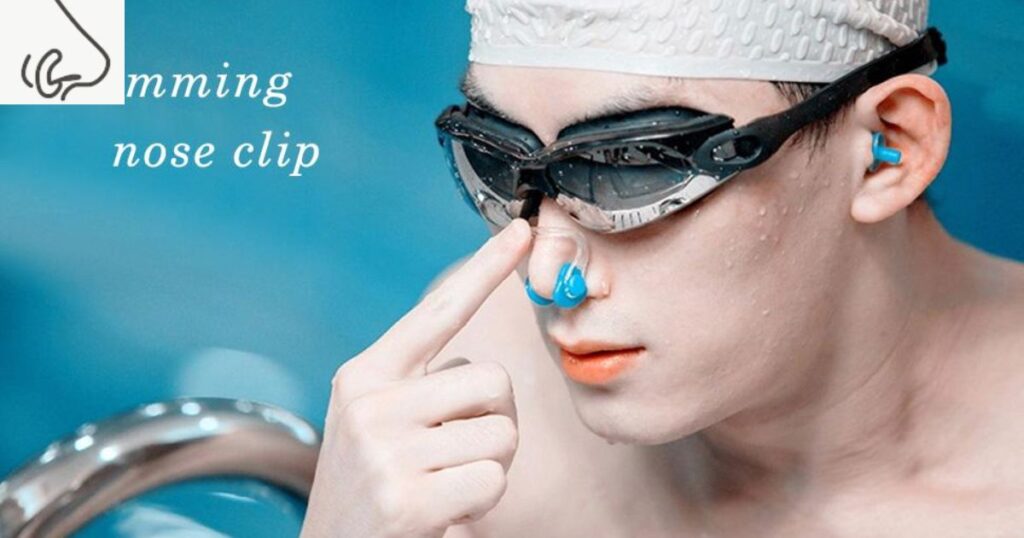Nose piercings, a popular form of self-expression, are a unique way to showcase your individuality. They’re a symbol of personal style and can be a fashion statement. However, if you’ve recently had your nose pierced, you may face certain challenges, especially when it comes to activities like swimming. Protecting your new nose piercing during water adventures is crucial to ensure it heals properly and without complications. In this guide, we’ll explore various methods to safeguard your nose piercing while enjoying the water.
Understanding the Importance of Protecting Your Nose Piercing
Before diving into the methods, let’s establish why it’s crucial to protect your nose piercing while swimming. A fresh nose piercing is essentially an open wound, which makes it susceptible to infections and other complications when exposed to pool or ocean water.
Risks Associated with Swimming and a Fresh Nose Piercing
Here are some risks you should be aware of:
- Infections: Pool water, despite chlorine treatment, can still contain bacteria that may cause infections in your piercing.
- Irritation: Exposure to saltwater, chlorine, and other pool chemicals can irritate and delay the healing process of your nose piercing.
- Increased Healing Time: An infected or irritated piercing may take longer to heal, leading to discomfort and complications.
Best Practices for Covering Your Nose Piercing While Swimming
Now, let’s explore various methods and products to ensure your nose piercing remains protected during swimming.
Wait for Complete Healing
Ideally, the best way to protect your nose piercing is to avoid swimming until it’s completely healed. This can take several months, and it’s the most effective way to reduce risks.
Waterproof Bandages and Tapes
Waterproof bandages and tapes can provide a quick and effective solution for covering your nose piercing while swimming.
Steps to Using Waterproof Bandages
Follow these steps:
- Clean and Disinfect: Before applying the bandage, ensure your piercing and the surrounding area is clean and disinfected.
- Cut to Size: Cut the waterproof bandage to the appropriate size, ensuring it completely covers the piercing.
- Apply Gently: Carefully apply the bandage, ensuring it adheres well to the skin without causing additional irritation.
- Seal Completely: Ensure the edges are sealed to prevent water from seeping in.
Nasal Plugs
Nasal plugs, specifically designed for nose piercings, can be highly effective in keeping water out.
Using Nasal Plugs
- Clean Hands: Always start with clean hands to avoid introducing bacteria to your piercing.
- Insert Gently: Carefully insert the nasal plug into the pierced nostril. It should fit snugly but comfortably.
- Test Waterproofness: Before swimming, splash some water on your face to ensure the nasal plug stays securely in place.
Custom Nose Piercing Retainers
If you have a healed piercing and are a regular swimmer, you may consider investing in a custom nose piercing retainer. Benefits of Custom Nose Piercing Retainers
These retainers offer several advantages:
- Perfect Fit: Custom-made retainers ensure a snug and secure fit, keeping your piercing safe.
- Invisibility: They are nearly invisible, allowing you to swim without drawing attention to your piercing.
- Reusable: They are designed for long-term use, making them a cost-effective choice for regular swimmers.
Swimming Nose Clips

Swimming nose clips are designed to keep water out of your nostrils, and they can also serve to protect your piercing.
Steps to Using Swimming Nose Clips
- Adjust Properly: Ensure the nose clip is adjusted correctly and feels comfortable.
- Practice Breathing: Before swimming, practice breathing with the clip to ensure you’re comfortable.
Petroleum Jelly Barrier
Petroleum jelly can create a barrier over your piercing, helping to keep water away.
How to Apply Petroleum Jelly
- Clean and Dry: First, clean and dry your hands and the area around your nose piercing.
- Apply Sparingly: Apply a thin layer of petroleum jelly over and around the piercing, creating a waterproof barrier.
- Reapply if Necessary: Reapply after swimming if the petroleum jelly is no longer intact.
After-Swim Care
Taking care of your nose piercing after swimming is equally important.
Steps for Post-Swimming Piercing Care
- Rinse Thoroughly: After swimming, rinse your nose and piercing thoroughly with clean, fresh water. This helps remove any pool or ocean water residue.
- Clean Gently: Clean the piercing gently with saline solution or sterile saline wound wash.
- Avoid Overcleaning: Do not overclean, as this can also irritate the piercing. Twice a day is usually sufficient.
- FAQs
- Can I go swimming with a fresh nose piercing?
It’s best to avoid swimming until your nose piercing is fully healed to prevent complications.
- What are the risks of swimming with a new nose piercing?
Risks include infections, irritation, and prolonged healing due to exposure to pool or ocean water.
- How can I protect my nose piercing while swimming?
Methods include waterproof bandages, nasal plugs, custom retainers, nose clips, and petroleum jelly barriers.
- Can I use petroleum jelly to protect my nose piercing while swimming?
Yes, a thin layer of petroleum jelly creates a waterproof barrier, but reapply it after swimming if needed.
- What’s the after-swim care for my nose piercing?
Rinse thoroughly with clean water, clean gently with saline solution, and avoid overcleaning to ensure proper healing.
Conclusion
In conclusion, swimming with a nose piercing is possible, but it requires careful consideration and preparation. Protecting your piercing from water-related risks is essential for a safe and comfortable experience. Choose the method or product that suits you best and remember to care for your piercing before and after swimming. Following these guidelines will help ensure your nose piercing heals properly and remains free from complications.
Remember, when in doubt, it’s always a good idea to consult with your professional piercer for personalized advice on protecting your nose piercing while swimming.
This comprehensive guide will provide readers with all the information they need to keep their nose piercings safe while enjoying a swim. Feel free to let me know if you’d like any specific information added or modified in the article.



















